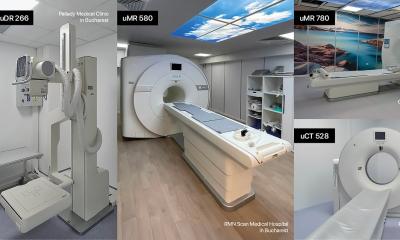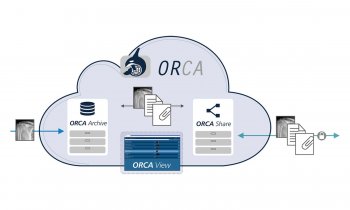Malta needs to nurture collaborations
Imaging has progressed at vertiginous paces since X-rays were invented, not only as a diagnostic tool but also as an invaluable partner in the realm of non-invasive medical intervention.

This progress has not only sharpened the cutting edge in many medical and surgical specialities but has also served as a very valid bridge or alternative between the two. Cardiology is but one example of this scenario, writes Moira Mizzi
‘Nowadays one of the hallmarks in choosing between one imaging technique and another is its capacity for higher resolution,’ explains Dr Kevin Schembri, a resident specialist in cardiothoracic surgery at Mater Dei Hospital, the sole public hospital in Malta. ‘At present the buck lies with high resolution CT imaging and MRI, although ultrasound is fast becoming a very valid alternative in the field.’ These advances in cardiac imaging have spelt a major exponential growth in cardiology and cardiac surgery in Malta in the last quarter of a century since the first surgical and cardiological interventions (namely open heart surgery and coronary angioplasty) took off. ‘Prior to that, such interventions were carried out either abroad or by visiting consultants,’ Dr Schembri reminisces. ‘Nowadays our cardio-thoracic centre carries out well over a thousand imaging-assisted interventions per year and some, like percutaneous coronary interventions, have substantially cut down the number of open heart surgery interventions from around 450 per year to 300.’
Dr Schembri goes on to describe another recent investment in local cardiac imaging technology, namely the FFR (Fractional Flow Reserve Measurement). ‘With this technology a coronary artery stenosis visible on coronary angiography is not only quantified on anatomical criteria, or percentage stenosis, but also physiologically by measuring the drop in pressure across the narrowing,’ he explains with enthusiasm.
The latest addition to the armamentarium of the local interventional cardiologist is a TAVI, or transcutaneous aortic valve implantation, a procedure carried out under X-ray imaging. With this technology the cardiologist can deliver a crimped or shrunken biological aortic valve through the common femoral artery and into the diseased native valve squashing it to the aortic wall and taking over its function.
Despite these advances, working in such a small island has its obvious limitations. ‘The Health Department does not have the financial resource to invest in the very latest cardiac imaging technology and, even if it did, it would not be such a cost-effective exercise considering the size of the population and the small parallel diagnostic turnout,’ Dr Schembri explains. ‘The particularly minuscule population size not only limits the financial resource but also puts a boundary on the level of expertise.
‘Buying the latest in cardiac imaging technology is fruitless if there is no resource and expertise to complement it,’ Dr Schembri asserts. ‘Unfortunately locally we have the knack of investing in “half-baked packages” where the investment in the technology is not suitably paralleled by the availability of trained personnel both to use the said technology and interpret the results,’ he regretfully adds. Obviously, this not only reduces drastically the potential of the imaging technique but also stretches the limit in an already stressed resource.
Dr Schembri believes that another hurdle stemming from Malta’s size, and thus limited resources, is the paucity of research centres. ‘Research drives people and spurs innovation,’ he asserts. ‘Unfortunately, we do not invest enough in basic science research as much as we do in epidemiological research and this hinders greatly our academic growth.’ He adds that our tight resource should not inhibit or limit us in any way but we need to understand that collaborations with larger, more advanced European, or indeed transatlantic, cardiology centres could go a long way in supporting us to make the best out of the wealth of ever-growing resource available in the field.
For Malta, being part of the European Community should go beyond geographical location, financial stakeouts and political affiliations. We need to keep up with the health services in other member states because the Maltese patient does not deserve inferior care. We need to invest more in research and technology to boost primary prevention and strengthen the general practitioner service.
Finally, we need to understand our limitations and nurture collaboration with bigger European centres lest we fall into the trap of insulation defeating the idea of being part of a European family.
02.09.2014











